Pets, such as pugs, bulldogs, Pekingese, and Persian cats, are adorable, but breeding for certain physical characteristics has led to factors that predispose these pets to serious health complications. Our Island Animal Hospital team wants to offer information about these issues in case you own or are considering adopting a brachycephalic pet.
Brachycephalic pet features
Brachycephalic pets have a flat-faced appearance and an exaggerated short, wide skull. These breeds are increasingly popular, and registrations for certain breeds, such as French bulldogs, have increased 3,000% in the past 10 years. Affected breeds include:
- Dog breeds — Boston terriers, English bulldogs, French bulldogs, pugs, Cavalier King Charles spaniels, Shar-pei, English mastiff, shih tzu, and Pekingese.
- Cat breeds — Persians, Himalayans, Burmese, British shorthairs, and exotic shorthairs.
Brachycephalic pet airway obstruction syndrome
Brachycephalic pets typically make snorting respiratory noises that many people find cute and amusing, but these noises indicate difficulty breathing and are caused by the way their throats and faces are shaped. This condition is called brachycephalic obstructive airway syndrome (BOAS). Several anatomical deformities contribute to this issue, and brachycephalic pets may be affected by one or all of the deformities, which include:
- Stenotic nares — Many brachycephalic pets have narrowed, slit-like nasal openings that inhibit their ability to breathe through their nose. In addition, some malformed brachycephalic nostrils collapse inward during inhalation, further compromising breathing. Stenotic nares can be surgically enlarged after 5 months of age.
- Elongated soft palate — The soft palate separates the nasal passage from the oral cavity, and a brachycephalic pet’s soft palate is commonly too long for their short face, hanging loosely down into their throat. This causes a respiratory obstruction that can worsen if an affected dog barks excessively, leading to swelling in this area. The soft palate can be surgically trimmed to correct this problem.
- Tracheal stenosis — Many brachycephalic pets have a narrowed windpipe or trachea. This is especially problematic for pets undergoing general anesthesia because the condition can hamper the veterinarian’s ability to intubate the pet. This deformity cannot be corrected.
- Everted laryngeal saccules — Two small pockets, or saccules, are located on either side of the larynx, and when a brachycephalic pet exerts increased effort to breathe, the excess pressure can cause these saccules to turn inside out, obstructing the throat. These saccules can be surgically removed, but many times the problem corrects itself when the pet’s stenotic nares are surgically enlarged.
Other brachycephalic pet complications
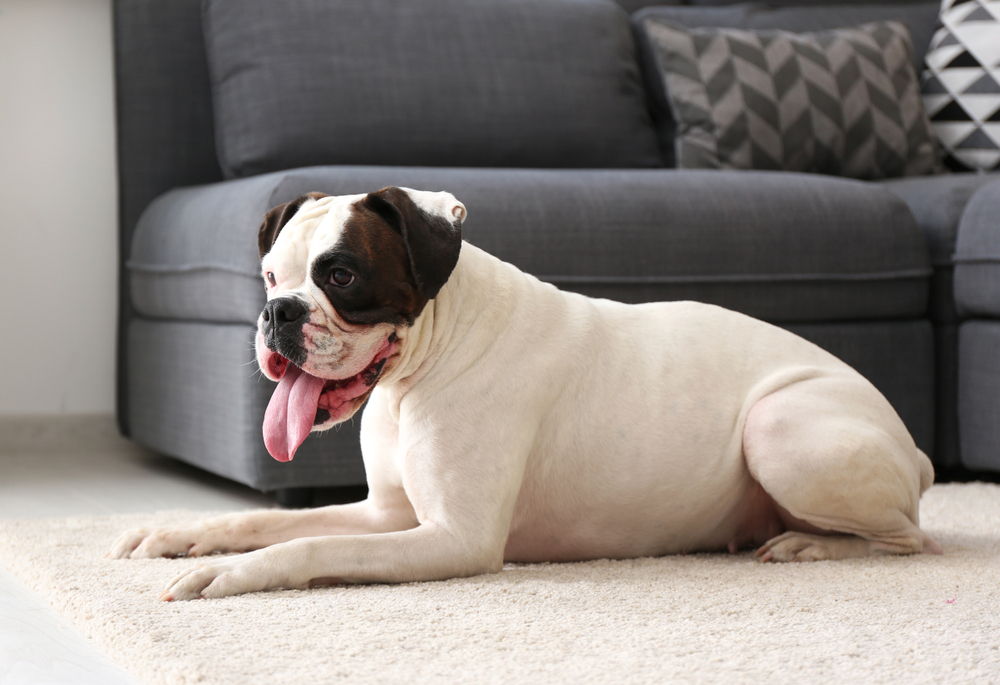
While BOAS is the most common brachycephalic pet complication, these pets also can be affected by several other issues, such as:
- Heat sensitivity — Pets cool themselves by panting, which circulates air through their mouth, allowing saliva to evaporate and cool the pet. However, brachycephalic pets have a smaller interior mouth surface area, making them inefficient panters. This predisposes them to heatstroke, which is a potentially life-threatening situation.
- Gastrointestinal (GI) tract issues — Extreme inhalation efforts can lead to GI complications such as acid reflux and food retention in the stomach, causing nausea and vomiting. Medications and weight control can help manage these issues, but correcting the respiratory obstruction often corrects the GI complications.
- Ocular problems — Brachycephalic pets have shallow eye sockets, making their eyes prominent and vulnerable. Potential complications include:
- Lagophthalmos — In some cases, the eyes are so prominent that the eyelids can’t completely close. This causes corneal irritation and drying where the eyelids don’t cover the eye. This condition must be surgically corrected to prevent corneal damage that can lead to blindness or loss of the eye.
- Nasal fold irritation — Many brachycephalic pets have a skin fold between their eye and nose. Skin oil and moisture can collect in this area, causing irritation. In addition, the skin fold can be so pronounced that it rubs against the cornea, causing irritation or damage. Surgery may be necessary to remove the skin fold.
- Entropion — The shortened face can cause the pet’s eyelids to roll inward and rub the cornea. Surgical correction may be necessary to prevent corneal damage.
- Keratoconjunctivitis sicca — Abnormal tear duct anatomy can cause inadequate tear production, leading to dry eye. Medications are necessary to treat this condition to prevent corneal damage.
- Spinal malformations — Some brachycephalic pets, such as the French bulldog, pug, and Boston terrier, have a tail malformation called a screw tail that makes the tail curly. Many pets who have this characteristic have other spinal malformations that can lead to discomfort or, in some cases, neurological defects.
- Dental disease — Brachycephalic pets have the same number of teeth as other pets, but they have a smaller mouth, causing the teeth to be crowded and grow at odd angles. This creates spaces where food is trapped easily, leading to dental disease.
- Difficulty giving birth — Since a brachycephalic pet’s head and shoulders are so large, mothers may have difficulty giving birth.
Preventing brachycephalic pet complications
Not all brachycephalic pet complications are preventable, but steps that can help alleviate problems include:
- Keeping your pet at a healthy weight — Brachycephalic pets must be kept at an ideal weight to help prevent exacerbation of their breathing issues.
- Providing regular dental care — Brachycephalic pets are prone to dental disease, so regular professional dental cleanings and daily toothbrushing are necessary.
- Breeding responsibly — Brachycephalic pets who exhibit health complications should not be bred.
If you own or are considering adopting a brachycephalic pet, being aware of the health complications they could encounter will help you provide the care they need. If your brachycephalic pet is having difficulty breathing, contact our Island Animal Hospital team so we can evaluate their condition and determine an appropriate treatment plan.



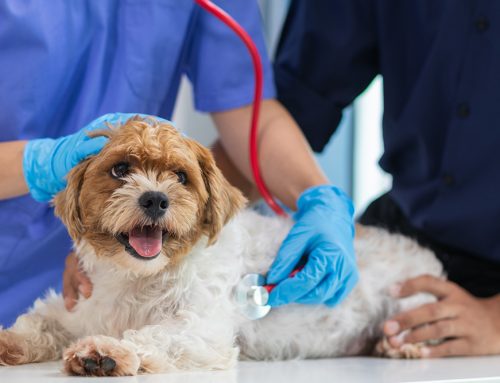
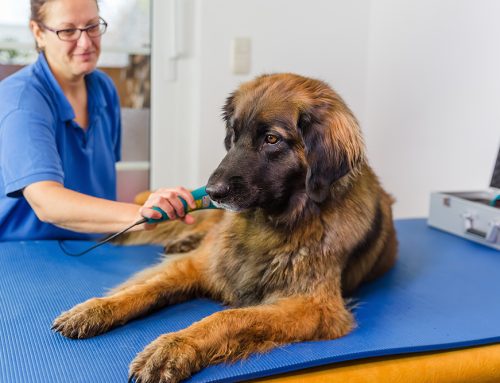
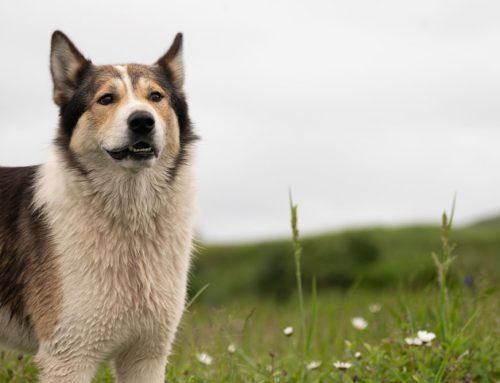

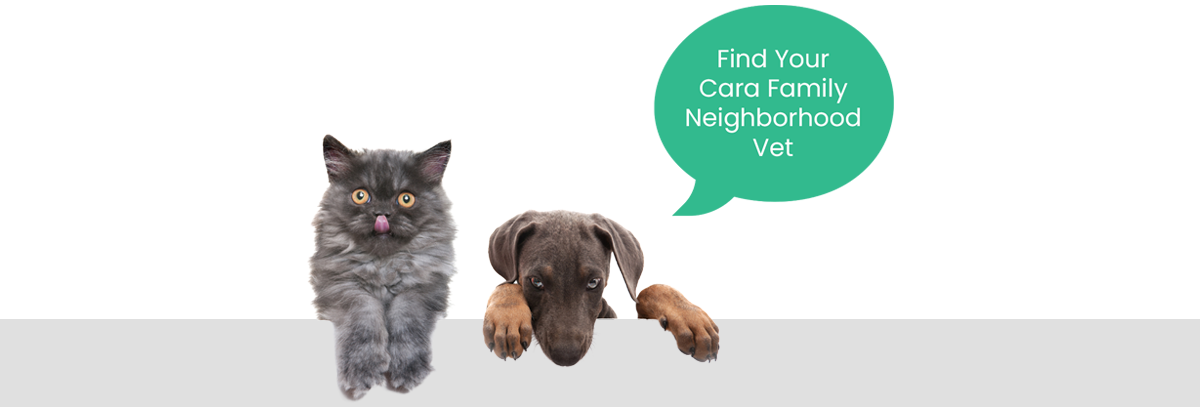













Leave A Comment